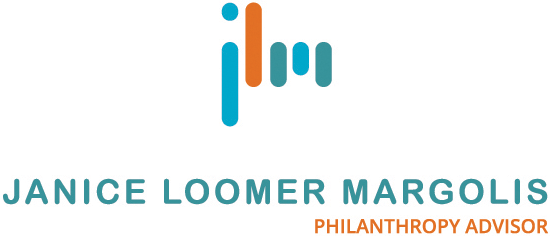Not so long ago, if you wanted to donate to a fund and get a tax receipt, but distribute funds to causes over a period of time, you needed to set up your own private foundation. Over the past twenty-five years in Canada, community foundations and financial institutions have provided an option for donors to make a donation to the community foundation or a foundation set up by the financial institution (which are public foundations), receive a tax receipt and use the donation to establish a fund (often called a donor-advised fund) from which the donor recommends distributions over time.
Now, donors have a choice: establish their own private foundation or use a donor-advised fund.
In 2014 in Canada, there were 5,376 private foundations with assets of $34.3 billion, which distributed grants of $1.7 billion; and 5,148 public foundations (of which donor advised funds form a small part) with assets of $27.1 billion, which distributed grants of $3.2 billion. There are pros and cons for each choice. Determining which way to go depends on the donor’s particular circumstances and goals. The following is a summary of the various considerations.
Start-up
A private foundation is an independent legal entity which must be registered with the Canada Revenue Agency (CRA) and may be funded by an individual or related individuals or entities. A board of directors or trustees must be appointed and investment and administrative policies and procedures must be established.
A donor-advised fund may be established by making an initial contribution of a minimum amount (generally $10,000 or more) with the community or financial institution foundation.
Control
With a private foundation the donor has full control over the distribution process. The donor also has full control over the investment decisions of the foundation.
With a donor-advised fund, the donor may “advise” where distributions are to be made and generally these recommendations are followed as long as the recipients are charities. Investment of the donor-advised fund is generally handled by the larger foundation however some foundations, for funds over a minimum value, allow the donor to also recommend the investment advisor who will manage the assets of the donor-advised fund, subject to the supervision of the foundation.
Anonymity
A private foundation must annually report to the CRA on its directors, assets, contributions, distributions and costs. This information is a matter of public record and is freely available on the CRA website.
Donor-advised fund contributions and distributions are annually reported by the community or financial institution foundation as part of all of the foundation’s activities and therefore a particular donor’s actions and circumstances are anonymous.
Distributions
A private foundation is required by law to distribute at least 3.5% of the value of its prior year’s assets on charitable activities and can distribute more than this if the donor wants. The donor and others that he or she chooses to involve must determine where and how to distribute grants, which may include an application process and the receipt of reports from recipient charities to assess impact, all of which the donor will be responsible for managing.
A donor-advised fund holder will be encouraged to make annual recommendations for distributions and he or she may involve others in these decisions. The community or financial institution staff will handle the administrative matters related to distributions and may assist with assessing grant applications and reports and may provide tools for liaising with charities and other community partners.
Administration
A private foundation must hold annual board or trustee meetings, administer investment and accounting practices, manage the granting and distribution processes and complete annual CRA reports.
With a donor-advised fund, the community or financial institution foundation takes care of all the administrative tasks and charges an annual fee which ranges from 0.75% to 2% depending on the organization and the value of the fund.
Perpetuity
A private foundation may be continued in perpetuity as long as there are directors or trustees to manage it. The private foundation may distribute income and or capital from time to time at the discretion of the donor.
Donor-advised funds may be set up in perpetuity and in some circumstances allow for one successive generation to recommend distributions and after that generation has passed on the funds fall within the other funds of the foundation. Also, in some circumstances, donors may only make distributions of income and the fund must be held in perpetuity. Recently, however, foundations have become more open to spending down funds over a period of years and to more flexibility relative to the period of time for recommendations.
As a philanthropy advisor, I work with clients to assist them to determine which vehicle best suits their needs and objectives. The decision is not set in stone and if circumstances change, it is possible to move assets from a donor-advised fund into a private foundation or vice versa.




















